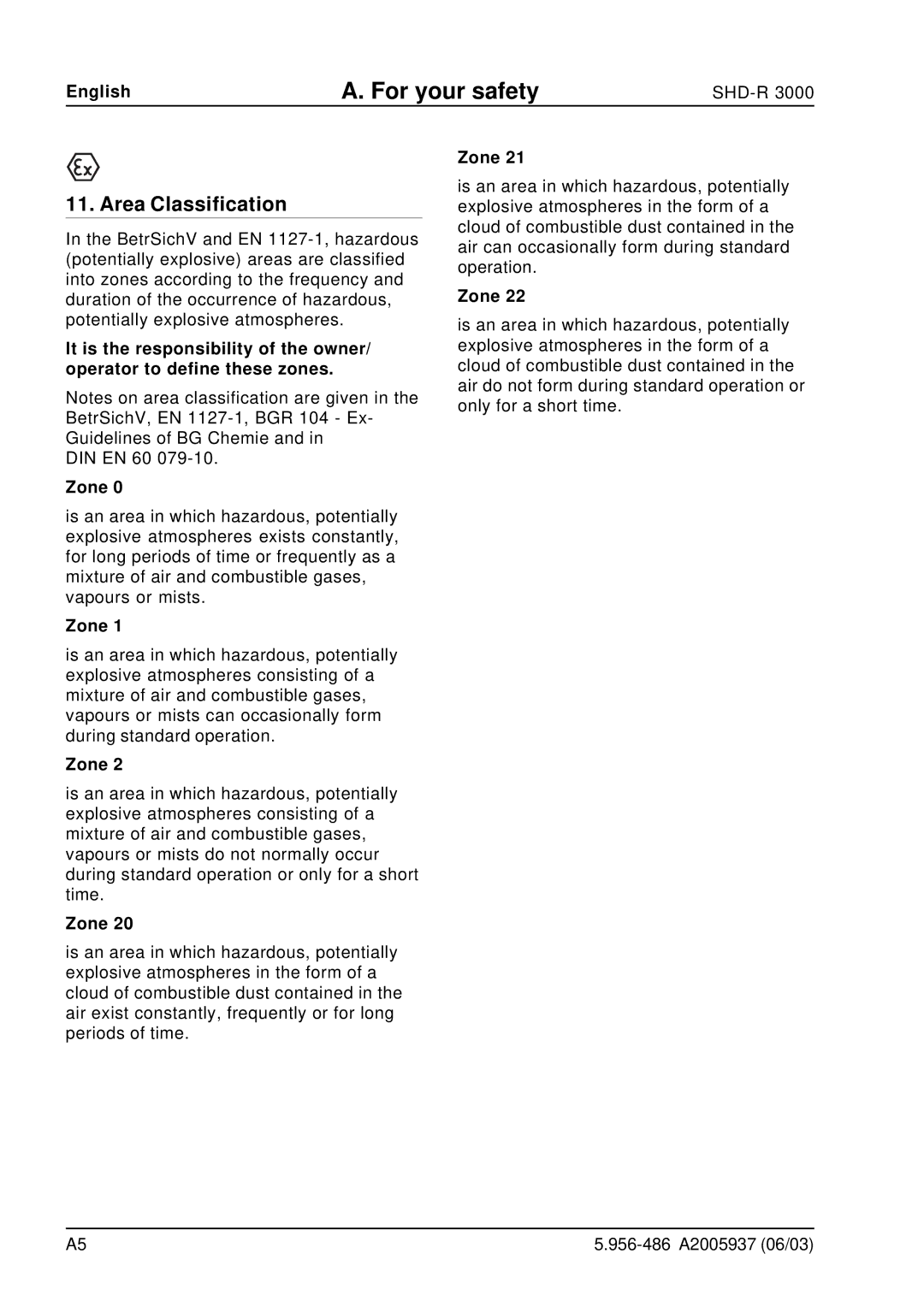SHD-R 3000 specifications
The Karcher SHD-R 3000 is a powerful and versatile high-pressure cleaner designed for both professional and home use. This model stands out for its ergonomics, efficiency, and advanced technology, aimed at meeting the demanding cleaning needs across various environments.One of the prominent features of the Karcher SHD-R 3000 is its robust motor, providing a high flow rate and pressure, making it capable of tackling tough grime, dirt, and grease. With an operating pressure of up to 3000 PSI, it excels in delivering exceptional cleaning results on a variety of surfaces, from vehicles and patios to industrial machinery.
Equipped with cutting-edge technology, the SHD-R 3000 includes an automatic pressure adjustment feature. This ensures that the machine adapts the pressure output according to the cleaning task at hand, enhancing efficiency and prolonging the lifespan of the machine. Additionally, it utilizes a unique detergent injector system that allows for the quick and easy application of cleaning agents. This feature not only boosts cleaning performance but also saves time and effort during the cleaning process.
In terms of design, the Karcher SHD-R 3000 is engineered with user comfort in mind. Its lightweight construction allows for easy portability, while the integrated wheeled cart provides stability and ease of movement. The ergonomic handle and trigger reduce operator fatigue, making it suitable for extended use.
Another noteworthy characteristic of this model is its versatility. Karcher offers a range of nozzles and attachments compatible with the SHD-R 3000, enabling users to customize their cleaning experience. Whether it's a wide fan spray for larger surfaces or a narrow jet for detailed cleaning, users can adjust their approach to fit the task effectively.
The SHD-R 3000 also incorporates an advanced cooling system that prevents overheating, ensuring uninterrupted operation even during prolonged use. Enhanced safety features, like thermal protection and a robust frame, guarantee a secure working environment.
Overall, the Karcher SHD-R 3000 is a combination of power, innovation, and user-friendly design. It's an ideal high-pressure cleaner for those looking to achieve professional-grade results while enjoying the convenience and ease of operation. Whether for car detailing, patio cleaning, or larger scale commercial jobs, the SHD-R 3000 is equipped to meet and exceed expectations, making it a valuable addition to any cleaning toolkit.

